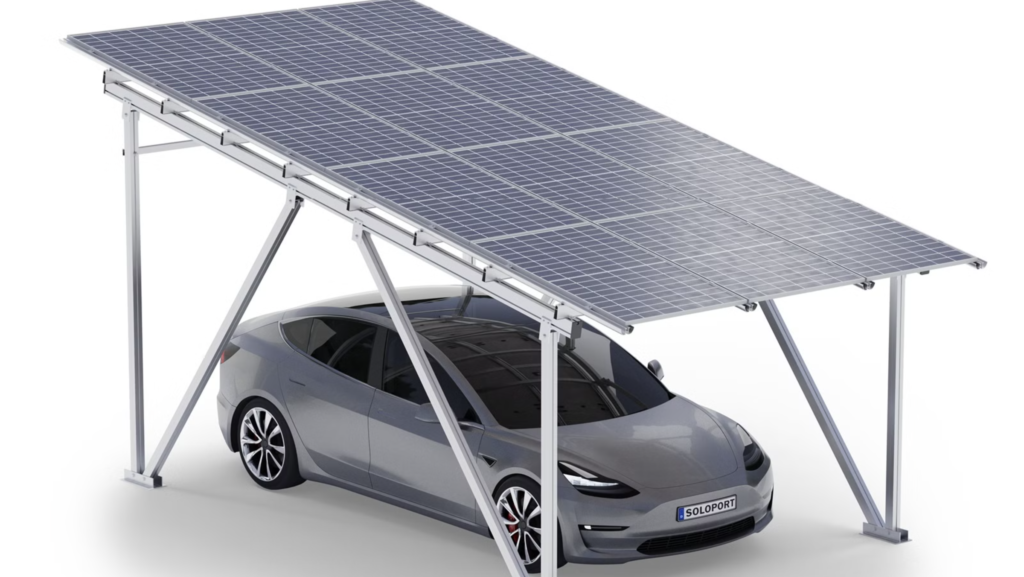Key Considerations for Solar Panel Applications in Smart Educational Energy Systems
Optimizing Installation and Placement for Maximum Efficiency
The performance of solar panels in educational settings hinges on strategic placement and environmental adaptation. North of the equator, panels should face true south with a tilt angle adjusted to local latitude plus 10°–15° to capture peak sunlight. Even a 30° deviation from south can reduce energy output by over 10%, while shading from trees or buildings—even partial coverage of 20%—may slash efficiency by 50% or more. For example, a school in Germany installed 30kW of rooftop panels aligned precisely to solar trajectories, achieving 92% of theoretical maximum output.
Thermal management is equally critical. Panels lose 0.3%–0.5% efficiency per °C above 25°C. In hot climates, maintaining a 15–20cm air gap between panels and roofs prevents heat buildup, as demonstrated by a U.S. university that integrated ventilated racks into its 1MW array, reducing operational temperatures by 8°C and boosting annual yield by 6%.
Ensuring Safety and Longevity Through Rigorous Maintenance
Regular inspections and proactive cleaning mitigate risks of physical damage and performance degradation. Dust accumulation reducing light transmission by 20% can cut power generation by 15%, while bird droppings—common near educational facilities—create localized hotspots that degrade cells. A quarterly cleaning protocol using deionized water and soft brushes, implemented by a Chinese middle school, extended panel lifespans by 5 years and maintained 98% efficiency post-installation.
Electrical safety demands adherence to strict protocols. All wiring must use cables rated for 125% of peak current, with contact resistance below 0.1Ω to prevent arcing. Grounding systems with resistance under 10Ω are mandatory to divert lightning strikes, a lesson learned after a 2023 storm damaged ungrounded panels at a Brazilian school. Additionally, maintenance teams should wear insulated gloves when handling connectors, as exposed circuits under direct sunlight can generate lethal voltages exceeding 600V.
Integrating Energy Storage and Smart Monitoring for System Resilience
Hybrid solar-storage systems address intermittency challenges inherent to educational energy demands. Lithium-ion batteries with 95% round-trip efficiency enable schools to store excess midday energy for evening classes or cloudy days. A California high school paired its 500kW solar array with a 200kWh battery bank, reducing grid dependency by 70% and cutting electricity bills by $12,000 annually.
Real-time monitoring via IoT sensors enhances operational transparency. Cloud-based platforms tracking voltage, temperature, and irradiance allow educators to visualize energy flows on digital dashboards, as seen at a UK university where students analyze live data from 2,000 panels to optimize cleaning schedules. Predictive algorithms further refine maintenance by flagging deviations—such as a 5% drop in output over 72 hours—indicating potential inverter failures or cell degradation.
Adapting to Local Conditions and Regulatory Frameworks
Regional climate variations necessitate tailored solutions. In arid zones like Rajasthan, India, anti-soiling coatings reduce cleaning frequency by 40%, while tropical schools in Malaysia employ hurricane-rated mounting systems to withstand 200km/h winds. Regulatory compliance is equally vital: EU schools must adhere to IEC 61215 standards for panel durability, whereas U.S. institutions follow NEC Article 690 for electrical safety.
Educational institutions should also explore incentive programs. Germany’s EEG law offers feed-in tariffs for surplus solar energy, enabling schools to earn €0.12/kWh for grid exports. Similarly, India’s PM-KUSUM scheme subsidizes 40% of rooftop solar costs for educational projects, accelerating ROI from 12 to 7 years.
By addressing installation precision, safety protocols, storage integration, and local adaptability, solar panels can transform educational energy systems into sustainable, data-driven platforms that empower students and reduce carbon footprints.


